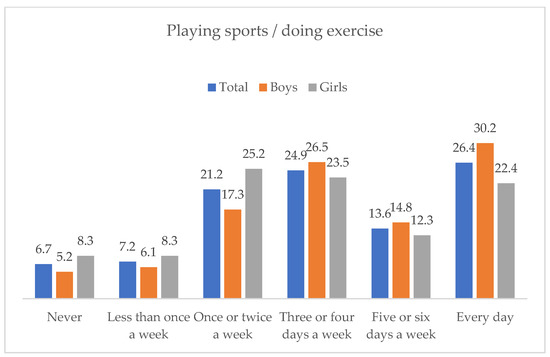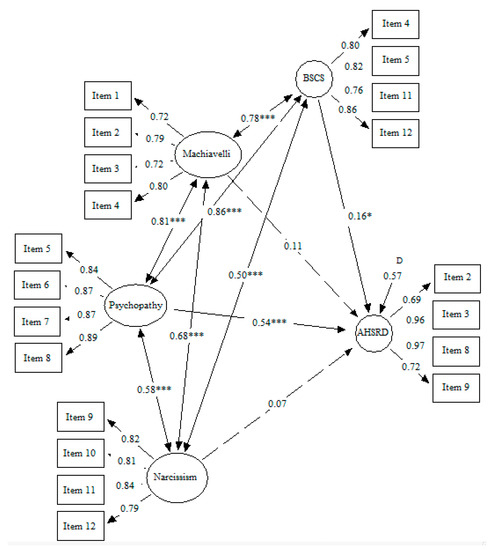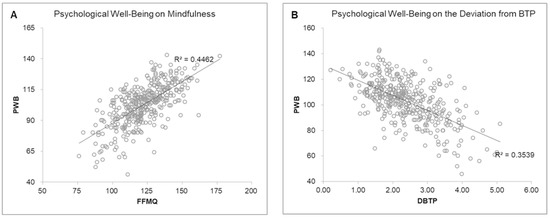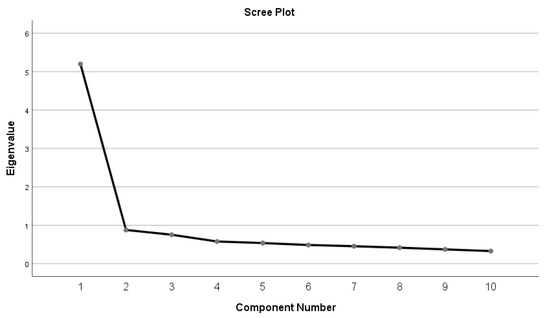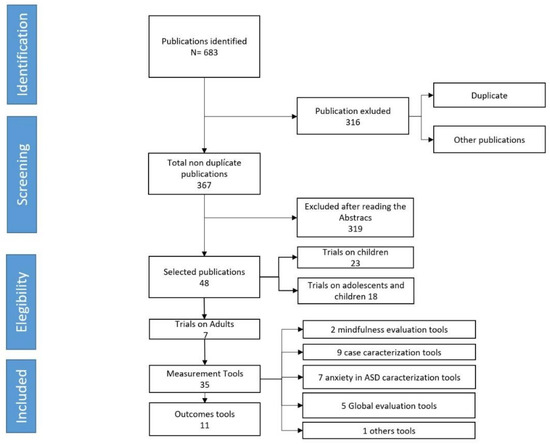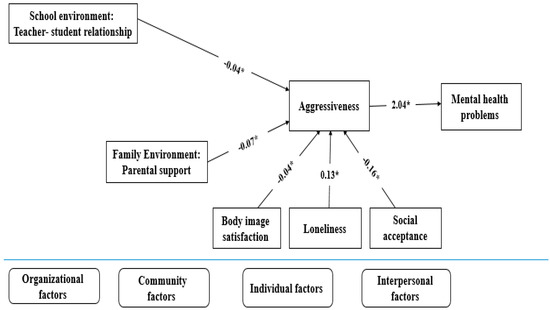Variables Related to Well-Being in Adolescence
A topical collection in European Journal of Investigation in Health, Psychology and Education (ISSN 2254-9625).
Viewed by 65906Editors
Interests: burnout; engagement; school violence; psychopathology in old age; emotional intelligence; substance use
Special Issues, Collections and Topics in MDPI journals
Interests: emotional intelligence; burnout; substance use; aggressive behavior; teenagers; self esteem; self concept; engagement; sleep quality
Special Issues, Collections and Topics in MDPI journals
Interests: engagement; burnout; healthcare; adolescents; behaviors; nursing
Special Issues, Collections and Topics in MDPI journals
Topical Collection Information
Dear Colleagues,
Adolescence is one of the most complex stages of the life cycle, marked by numerous biological, social, and cognitive changes. For a long time, a negative and conflicting view of this evolutionary stage had been maintained. However, adolescence is currently considered a time of transition that implies facing stressors and complicated situations and therefore requires important adaptations in a relatively short period of time. If it is not successfully overcome, more or less visible and serious problems are likely to manifest, such as substance use, violence, transgression of authority, school failure, psychological disorders, and even suicide. This is why this Special Issue aims to join contributions that investigate those capacities, skills, abilities, and experiences that, from an individual, social, or educational perspective, facilitate the well-being and integral development of adolescents, which results in the improvement of their wellbeing in the short and long term. In short, we welcome original research, reviews, or meta-analyses from the educational, psychological, and health fields with significant and quality contributions to expand the current knowledge on those variables related to adolescent wellbeing.
Some of the topics to highlight as part of this Special Issue dedicated to the adolescent stage are:
- Burnout and academic engagement
- Healthy development
- Social inclusion and school coexistence
- Youth violence, risk behaviors, and protective factors
- Emotional intelligence and stress management
- Well-being and quality of life
- Etc.
Dr. África Martos Martínez
Dr. Ana Belén Barragán Martín
Dr. María del Mar Simón Márquez
Collection Editors
Manuscript Submission Information
Manuscripts should be submitted online at www.mdpi.com by registering and logging in to this website. Once you are registered, click here to go to the submission form. Manuscripts can be submitted until the deadline. All submissions that pass pre-check are peer-reviewed. Accepted papers will be published continuously in the journal (as soon as accepted) and will be listed together on the collection website. Research articles, review articles as well as short communications are invited. For planned papers, a title and short abstract (about 100 words) can be sent to the Editorial Office for announcement on this website.
Submitted manuscripts should not have been published previously, nor be under consideration for publication elsewhere (except conference proceedings papers). All manuscripts are thoroughly refereed through a single-blind peer-review process. A guide for authors and other relevant information for submission of manuscripts is available on the Instructions for Authors page. European Journal of Investigation in Health, Psychology and Education is an international peer-reviewed open access monthly journal published by MDPI.
Please visit the Instructions for Authors page before submitting a manuscript. The Article Processing Charge (APC) for publication in this open access journal is 1600 CHF (Swiss Francs). Submitted papers should be well formatted and use good English. Authors may use MDPI's English editing service prior to publication or during author revisions.
Keywords
- integral development
- well-being
- adolescence








